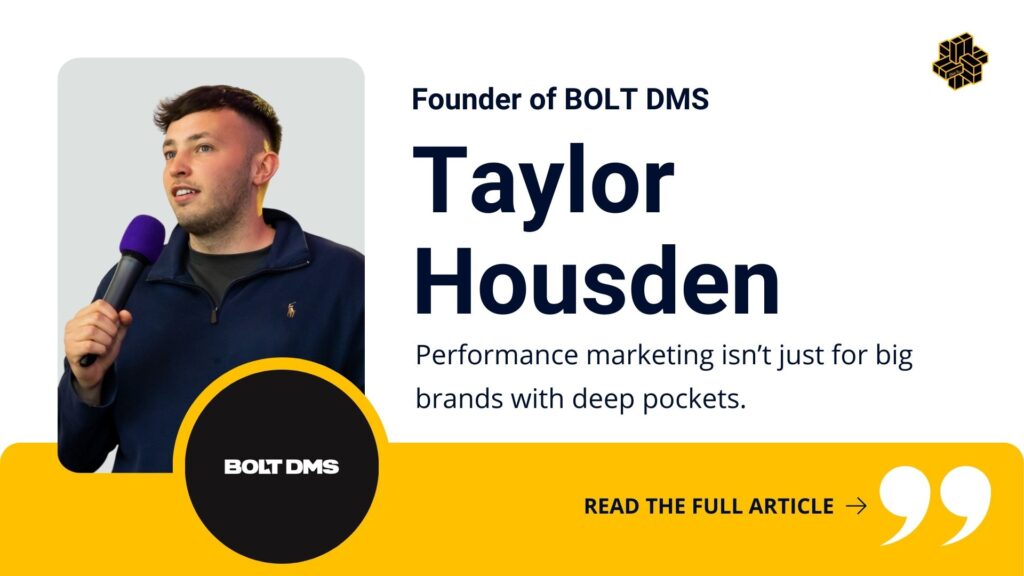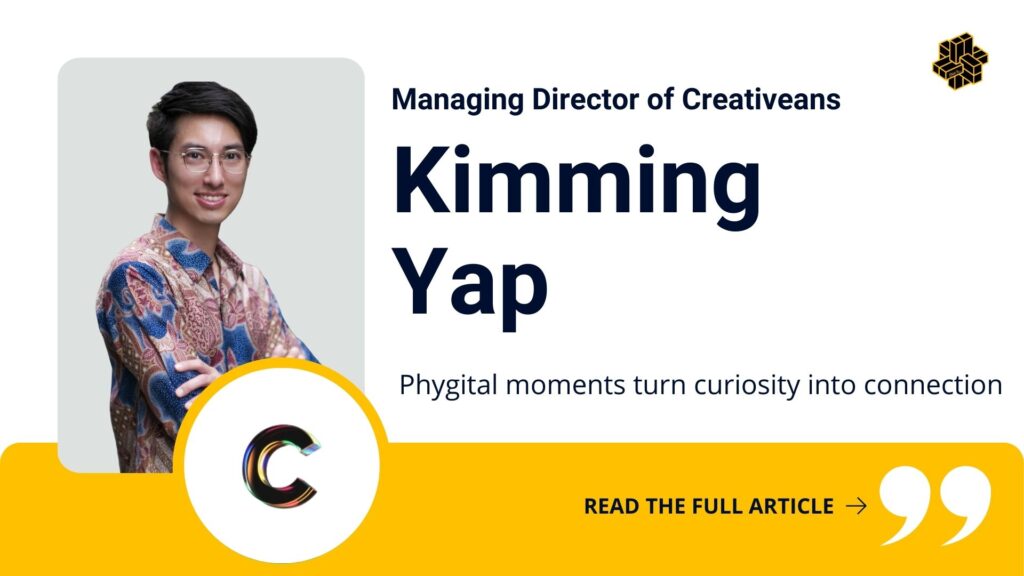What are the key priorities for a MarTech stack optimisation strategy to achieve?
– Improve personalised customer experience.
What would your company use AI the most for?
– Create scaled hyper-personalised content.
– Improve customer journeys and experiences.
What are the major roadblocks in trialling the new innovations in marketing technologies?
– Complexity.
How important is data in making marketing decisions and engaging customers?
– Important – I rely on data 60-80% of the time.
What is the one marketing platform / app / solution you can’t live without? Why?
– This one has to be our web analytics platform. Most business questions related to marketing performance need an understanding and assessment of the marketing funnel and the web analytics platform acts as a one stop shop for this. I often see marketers jump the gun and go straight to ad platforms to determine why business performance could be declining but any such investigation needs a more structured approach and typically an assessment of the marketing funnel would be the best place to start. You can also look at the hard and soft KPI’s in one place which is very valuable to understanding consumer behavior. I have several different dashboards within the analytics platform that I look at depending on the granularity of data I want to look at and this enables me to stay on top of the business.
How do you see the skillsets needed for the marketing profession changing?
– Marketing is set to change more in the next 2 years than it has changed in the last 10. There is a technology revolution going on within digital marketing today and a basic appreciation of how technology can be leveraged to create personalized and omni-channel experiences is table stakes for the modern marketer. Additionally, being data-driven is no longer optional. Given the vast amount of marketing data that is available today, there are endless opportunities to harness this data and have a positive impact on customer experiences, leading to an improved marketing ROI. The ability to understand what data to use and how to leverage it for actionable outcomes will continue to be a key skill needed for the marketing profession. Finally, the ability to educate oneself and have a learning mindset will serve the modern marketer well. There is an endless number of platforms, vendors and agencies to choose from and these are constantly evolving. Those who will stay abreast of these changes and have the ability to orchestrate the best media and partner ecosystems will be able to differentiate themselves.
Currently, what are you primarily looking for in your digital marketing efforts? Awareness or engagement? Why?
– I think awareness and engagement efforts need to work hand in hand and therefore it is not an either/or equation in my view. A full-funnel approach to marketing is enriching both for the customers and for your marketing performance. Each customer touchpoint needs to fit into the bigger picture and is a part of a jigsaw puzzle with various other elements and touchpoints. The mix of awareness and engagement may have to vary depending on your company and product’s lifecycle but having only one is not an ideal strategy. Once your customer is aware of your product/service you want to follow up on that conversation rather than leave the customer guessing. When customers move down the funnel from awareness to consideration to purchase it demonstrates that our awareness and engagement initiatives are working in tandem and that is the best outcome for everyone.
What challenges do you see in processing data coming from different sources?
– One of the biggest challenges in looking at data from different sources is comparability. Using performance data from ad platforms as an example, most ad platforms do not use a consistent conversion window or attribution model and I often see marketers make the mistake of making investment decisions based on data from different sources. A standardized attribution model and conversion window ensure that you are comparing data appropriately and not becoming victim to this common pitfall. The other related challenge is combining this data to get a more holistic view of the business. If you try to combine conversion data from Facebook and Google without de-duping it will lead to a flawed understanding of performance. Here again, an attribution model can address the challenge.
Which part of the customer journey is the hardest part to capture data for?
– Measurement of awareness initiatives has always been a murky topic and continues to be under the scrutiny of CMO’s for the true impact that they have on the bottom line, especially in a highly performance-driven environment. The industry has made significant strides in this space with the larger players in the ecosystem offering brand or conversion lift studies for certain types of campaigns. The proliferation and availability of robust performance data in the digital world have brought upper funnel and branding activities into the spotlight from an impact standpoint.













